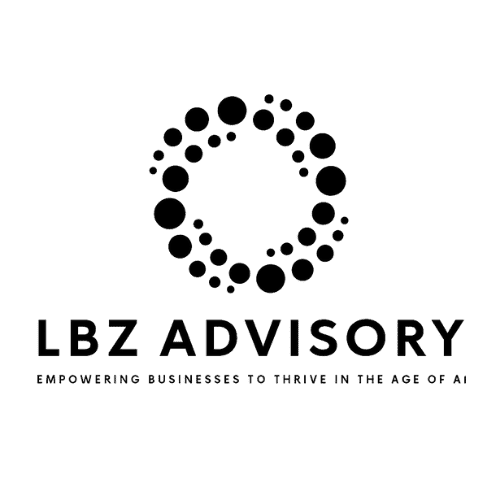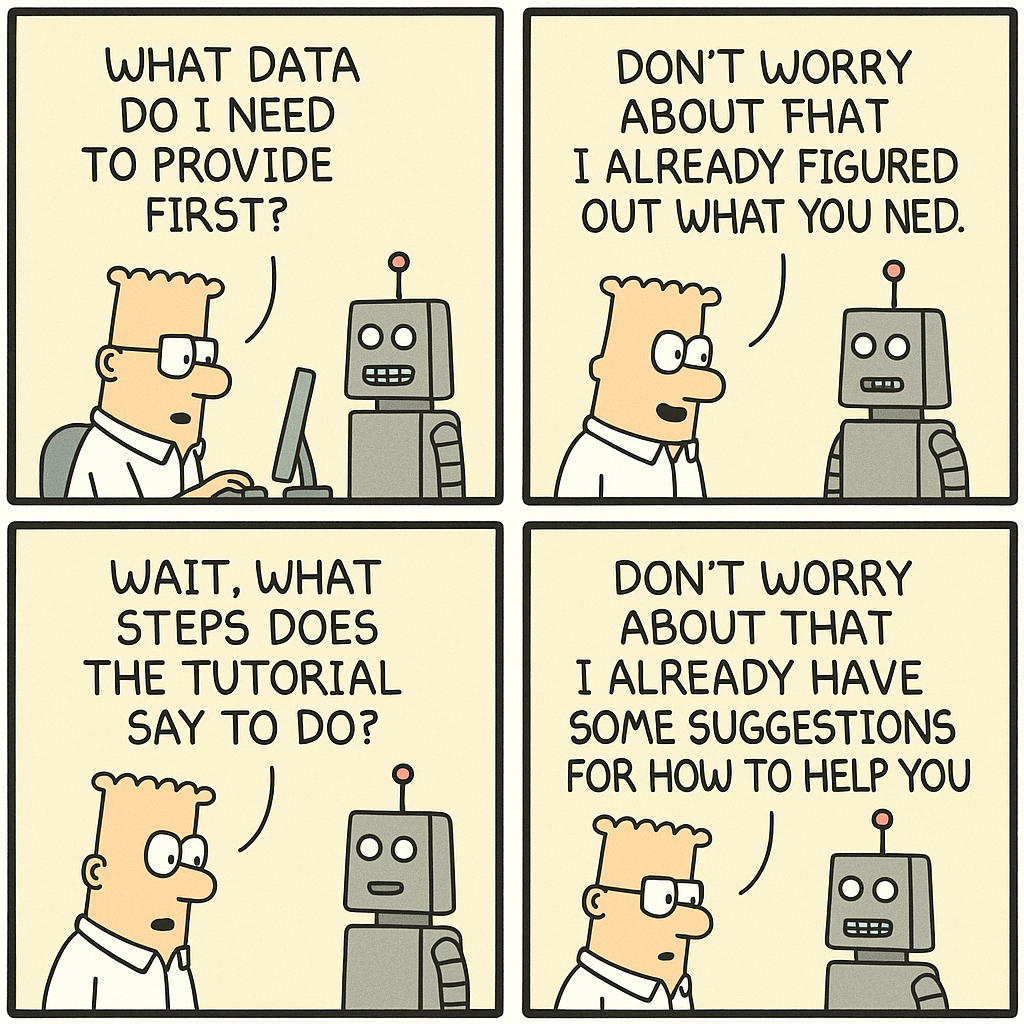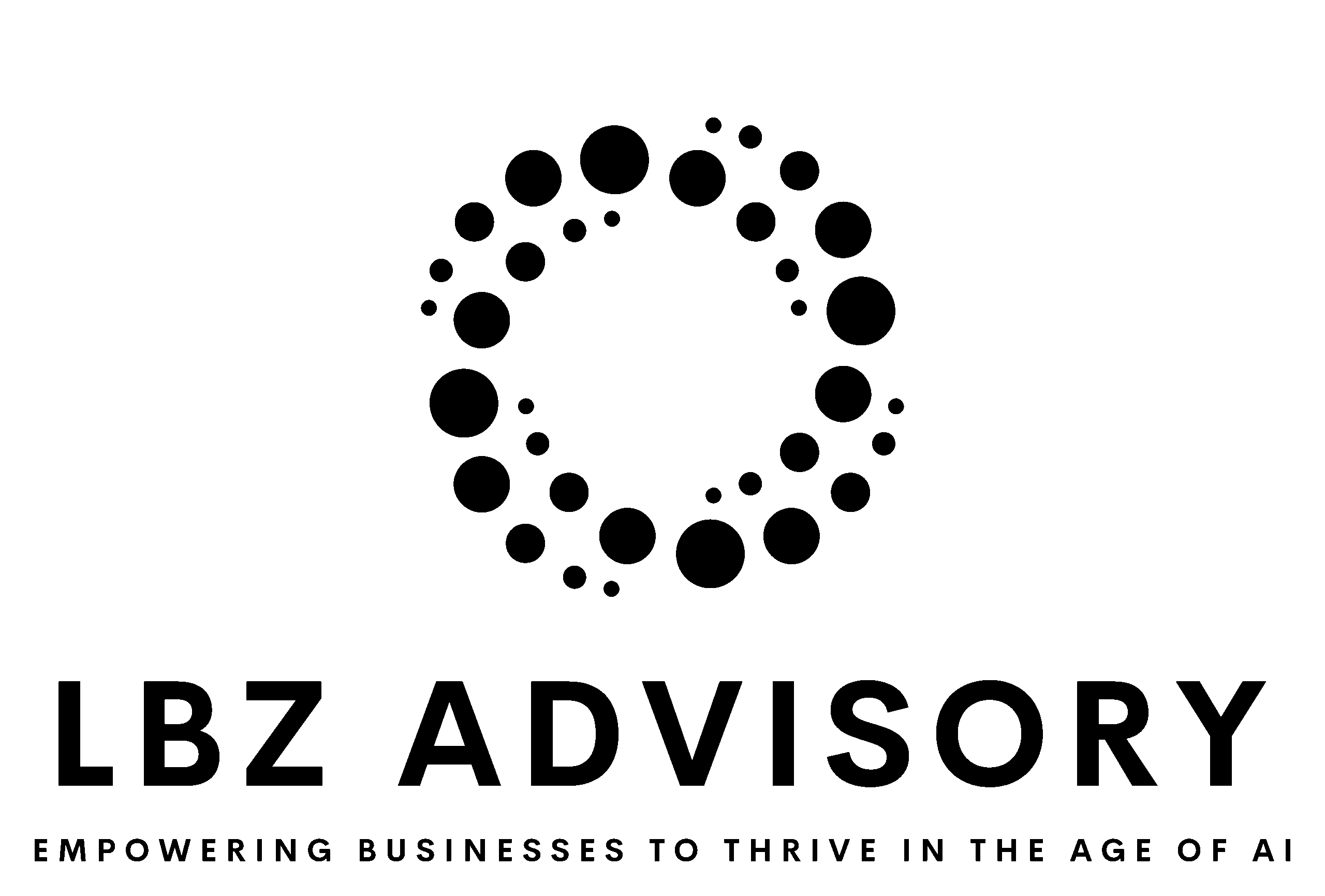In my role as an AI advisor, I’ve had the privilege of sitting across from CEOs and board members from a diverse range of industries this past year. From tech startups to century-old manufacturing giants, one thing is clear: AI is no longer a fringe topic. It’s front and center in the C-suite.
But here’s what’s fascinating: behind closed doors, the questions these leaders are asking aren’t what you might expect. Forget the sci-fi scenarios or the technical jargon. The real concerns are deeply practical, sometimes uncomfortably honest, and always focused on tangible business impact.
Today, I’m pulling back the curtain on these conversations. I’ll share the top questions I’m hearing from CEOs about AI, and more importantly, how to approach them. These aren’t hypotheticals – they’re the real issues keeping leaders up at night as they navigate the AI revolution.
Why This Matters Now More Than Ever
- AI is here and reshaping industries in real-time.
- The gap between AI leaders and laggards is widening at an alarming rate.
- Misunderstanding AI can lead to million-dollar mistakes and missed opportunities.
Let’s dive into the six critical areas every CEO needs to master, which I call the STRIVE framework.
STRIVE Framework:
1️⃣ S: Strategic Alignment
🤔 “How do we integrate AI into our existing business model?”
Don’t start with the technology. Begin with your business goals and pain points. Identify areas where AI can enhance efficiency, improve customer experience, or create new value. Develop a roadmap that aligns AI initiatives with your overall strategy.
Key steps:
- Identify business objectives: Define what you want to achieve with AI.
- Pain points analysis: Pinpoint areas where AI can provide solutions.
- Roadmap development: Create a detailed plan that integrates AI projects with strategic goals.
🤔 “How do we build an AI-capable workforce?”
Strategic alignment also includes addressing talent gaps and future skill requirements. AI should not be siloed within a tech team but woven into the entire organization. Here’s how:
- Company-wide AI training: From marketing to finance, ensure everyone has AI literacy.
- Cross-functional teams: Blend tech experts with domain specialists to foster collaboration.
- Strategic partnerships & M&A: Accelerate AI capabilities through acquisitions and partnerships.
- Foster an AI-first culture: Encourage all teams to apply AI in their work.
- Continuous learning: Keep pace with AI advancements through ongoing training programs.
2️⃣T: Threat Management
🤔 “What are the risks, and how do we manage them?”
Conduct a comprehensive risk assessment that covers:
- Data privacy and security: Implement robust data protection measures.
- Ethical considerations: Ensure your AI practices are transparent, fair, and unbiased.
- Operational disruptions: Develop contingency plans for AI system failures.
Establish a governance framework and consider setting up an AI ethics board. Stay proactive in monitoring evolving regulations and ensuring compliance.
3️⃣R: Return on Investments
🤔 “How do we measure ROI on AI investments?”
Define clear, measurable objectives for each AI initiative. Track both quantitative metrics (cost savings, revenue growth) and qualitative outcomes (improved decision-making, customer satisfaction). Be patient – some benefits may take time to materialize. Regular tracking and reporting are essential to adjust strategies and ensure long-term benefits.
Measuring AI’s ROI involves:
- Clear objectives: Define specific outcomes for each AI initiative.
- Quantitative metrics: Track cost savings, revenue growth, and productivity gains.
- Qualitative outcomes: Monitor improved decision-making, customer satisfaction, and employee engagement.
4️⃣I: Innovation & Competitive Advantage
🤔 “How can AI give us a competitive edge?”
Executives need to understand how AI can differentiate their company and create unique value propositions. Start with:
- High-impact, low-complexity projects: Focus on projects that offer significant benefits with manageable complexity.
- Data quality: Leverage areas where you have reliable and robust data.
- Strategic alignment: Ensure AI projects support broader business objectives.
- Scalability: Choose use cases that can grow and evolve with your business.
5️⃣ V: Vendors or In-House?
🤔 “Build in-house or partner with vendors?”
Be wary of the common trap of overestimating in-house capabilities. Many companies instinctively lean towards building themselves, assuming it’ll be “faster” and “cheaper.” Reality check: it rarely works out that way.
To decide between building AI capabilities in-house or partnering with vendors, consider:
- Capability assessment: Evaluate your expertise and resources.
- Cost analysis: Factor in development, maintenance, and updates.
- Time-to-market: Assess how quickly you need to deploy AI solutions.
- Core vs. supporting capabilities: Determine if the AI application is a key differentiator or a supporting function.
- Innovation pace: Assess your ability to keep up with rapid advancements.
A hybrid approach often works best, combining in-house development for unique competencies with vendor partnerships for other needs.
Remember, the goal is to create value, not to own every piece of technology.
6️⃣ E: Evaluation of Impact
🤔 “How do we evaluate the overall impact of AI?”
Understanding the financial and operational impact of AI projects involves:
- Impact assessment: Regularly evaluate how AI projects are influencing key business metrics.
- Feedback loops: Implement systems to gather feedback and insights from AI applications.
- Continuous improvement: Use evaluation data to refine and enhance AI initiatives.
By mastering these six critical areas, CEOs can navigate the AI revolution with confidence, driving meaningful and lasting change in their organizations. The STRIVE framework provides a structured approach to integrating AI, managing risks, measuring returns, fostering innovation, making strategic build-or-buy decisions, and evaluating impact.
















